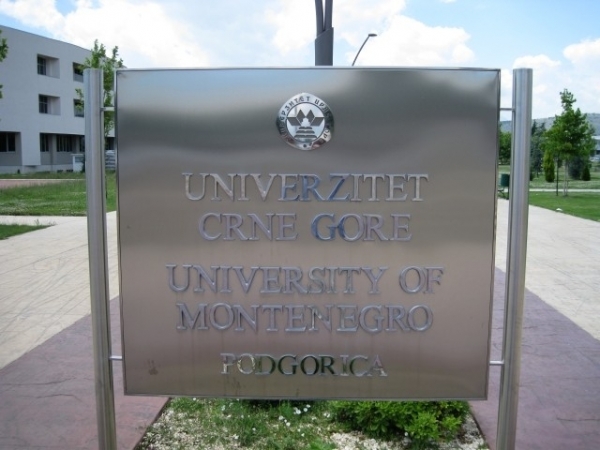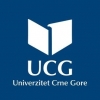https://www.ucg.ac.me
Founded
1974Description
The University of Montenegro provides the majority of higher education in the former Yugoslav state which broke away from Serbia following an independence referendum in 2006.
Based in the national capital Podgorica, which was known as Titograd until the break-up of Yugoslavia, the university was founded in 1974 as the University of Titograd. It linked the city’s faculties of economics, engineering and law and institutes of history, agriculture and biological and medical sciences with the Colleges of Education at Nikisic and Marine Studies at Kotor.
It became the University of Montenegro in 1992 and remains the only public university, alongside two small private institutions and a number of private faculties, in the country. In 2018 it enrolled a little over 20,000 students.
Eleven of the 19 faculties and schools are located in Podgorica, with others in Nikisic, Cetinje and Kotor. The Kotor-based Institute of Marine Studies operates five specialist laboratories and plans to open Montenegro’s first aquarium in 2020. It incorporates the Centre for Rehabilitation and Endangered Species. It has significant support from the Monaco-based Albert II Foundation.
Development has inevitably followed national educational policy, with the introduction of European-style postgraduate degree structures in 2017, the abolition of fees for undergraduates in the same year and the planned introduction of free master's courses from 2020.
It is the only Montenegrin institution in the Nature Index for 2018-9 and it plans to open a national Science and Technology Park in partnership with the government by the end of 2020.
Specific details
Location
Cetinjska 2, Podgorica , 81000, , Montenegro



